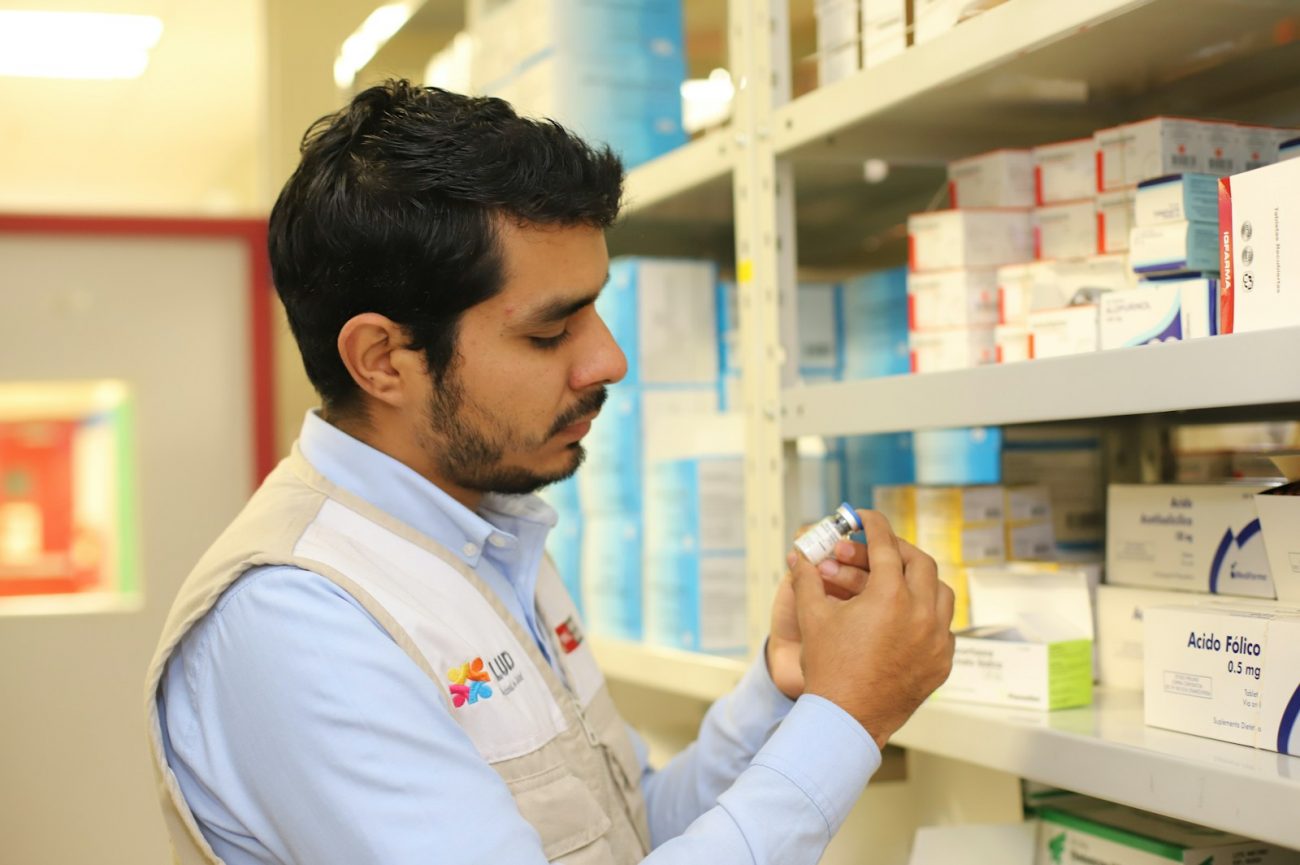The landscape of pharmaceutical distribution is changing dramatically, driven by innovations in real-time trade intelligence. This article delves into how APIFDF is enhancing pharma supply chains from KSM to FDF, ensuring safer and more efficient medication delivery across the globe.
Understanding the Pharmaceutical Supply Chain
The pharmaceutical supply chain is a complex network that ensures the safe and efficient delivery of medications from manufacturers to patients. It begins with Key Starting Materials (KSM), which are the fundamental components used in drug formulation. Manufacturers utilize these materials to create Active Pharmaceutical Ingredients (APIs), which are then processed into Finished Drug Forms (FDF).
Stakeholders play crucial roles throughout this supply chain, including:
- Manufacturers: Responsible for producing KSMs and APIs, followed by the formulation of FDFs.
- Intermediaries: Distributors and wholesalers bridge the gap between manufacturers and healthcare providers.
- Regulatory Agencies: Ensure compliance with safety standards through rigorous quality control measures.
Good Distribution Practice (GDP) is vital in this landscape, providing guidelines to maintain drug integrity and ensuring that products are stored and transported under appropriate conditions, thereby safeguarding patient safety and drug efficacy.
The Role of APIFDF in Modern Pharma
The integration of Active Pharmaceutical Ingredients (APIs) as Finished Drug Forms (FDF) is pivotal in modernizing pharmaceutical industry operations. This model significantly optimizes production and distribution processes by aligning KSMs directly with FDFs, enhancing overall workflow efficiency.
- Streamlined Operations: With APIFDF, manufacturers can reduce the time lag between production stages, leading to faster turnaround times.
- Cost-Effectiveness: By minimizing waste and improving resource allocation, companies can achieve lower manufacturing costs and enhance profitability.
- Regulatory Compliance: Integrating KSMs with FDFs facilitates standardized processes, helping companies adhere to stringent regulatory requirements more effectively.
- Enhanced Quality Control: Monitoring the complete journey from KSM to FDF fosters greater accountability and reduces the risk of quality deviations.
This cohesive approach not only modernizes supply chain management but also ensures that patients receive timely access to critical medications.
Real-Time Trade Intelligence Explained
Real-time trade intelligence refers to the continuous gathering and analysis of data related to the pharmaceutical supply chain, allowing stakeholders to access up-to-date information. This capability is crucial as it directly impacts inventory management, demand forecasting, and distribution efficiency.
Technologies enabling real-time trade intelligence include:
- Internet of Things (IoT) sensors that provide real-time tracking of shipments.
- Blockchain technology for enhanced traceability and security.
- Advanced analytics and artificial intelligence for processing vast datasets quickly.
These methodologies enhance decision-making processes, improve risk management by allowing for quick responses to supply chain disruptions, and foster transparency by ensuring that all stakeholders have access to pertinent information. Ultimately, this intelligence translates into better operational efficiency and heightened trust in pharmaceutical distribution.
Enhancing Supply Chain Efficiency with Technology
Technological advancements are critical in transforming the pharmaceutical supply chain, especially with the emergence of APIFDF. By integrating data analytics, artificial intelligence (AI), and the Internet of Things (IoT), companies can achieve unprecedented levels of efficiency and accuracy.
- Data Analytics: This enables real-time monitoring of inventory levels, sales patterns, and distribution timelines, ensuring that drugs are available where and when needed.
- AI Integration: Through predictive modeling, AI can forecast demand fluctuations and optimize stock levels, minimizing excess inventory and reducing waste.
- IoT Connectivity: Smart sensors track environmental conditions during transportation, ensuring drugs are stored and delivered at optimal temperatures, thus safeguarding efficacy.
- Risk Mitigation: With real-time insights, stakeholders can instantly identify and address disruptions, enhancing the resilience of the supply chain.
These technological innovations not only streamline operations but also enhance overall supply chain governance, leading to a more responsive and efficient distribution network.
The Future of Pharma Supply Chains
The future of pharmaceutical supply chains is poised to be heavily influenced by advancements in real-time trade intelligence. As companies increasingly adopt sophisticated data analytics and machine learning platforms, they can expect more precise demand forecasting and inventory management. This transition supports a more agile supply chain, enabling faster responses to market fluctuations and consumer needs.
- Opportunities:
- Enhanced transparency across the supply chain.
- Improved regulatory compliance through real-time monitoring.
- Increased collaboration among stakeholders via integrated platforms.
- Challenges:
- Data security concerns associated with real-time data sharing.
- Resistance to change within established organizations.
- Integration issues between legacy systems and new technologies.
To navigate these complexities, APIFDF will leverage its robust platform to facilitate seamless data exchange and analytical capabilities, shaping best practices in pharmaceutical distribution.
Conclusions
In summary, the evolution from KSM to FDF through APIFDF is not merely a trend but a substantial shift in pharmaceutical distribution. Embracing real-time trade intelligence is critical for enhancing efficiency, safety, and transparency in the supply chain, paving the way for a more robust healthcare system.

